Ertach Kernow - Earls and Dukes of Cornwall
Dukes of Cornwall and its earlier Earls.
The United Kingdom has mourned the loss of a remarkable woman who has carried out the duties thrust on her with diligence and humility. On Her Majesty Queen Elizabeth’s death, the crown passed immediately to her son, King Charles III. In turn this heralded in a new Duke of Cornwall, his son Prince William automatically becoming Cornwall’s new Duke.
The eldest son of the reigning monarch automatically inherits the possessions and title of Duke of Cornwall on his birth or the new monarch's accession to the throne. Should there be no male children then the duchy temporarily reverts to the Crown. With the succession in the male line of the United Kingdom secure it is unlikely that for the majority of those living today that Cornwall will not be without a Duke. The Duchy of Cornwall is one of two Royal duchy’s, the other being the Duchy of Lancaster held by the reigning monarch themselves. So as King Charles III automatically relinquished the entitlements of the Duchy of Cornwall on his accession in favour of Prince William, he immediately receives the benefits of the Duchy of Lancaster.
So how did all this transference of power and financial entitlement begin? The creation of the Duchy of Cornwall was instigated by King Edward III on 17th March 1337 and that of Lancaster in 1265 by Henry III. The Duchy of Lancaster received the lands from various forfeited estates and inheritances and the integration of these with the Crown as separate holdings continued under later kings. Here we are interested in the Dukes of Cornwall whose landholdings and authority has significances for Cornwall nearly seven hundred years after the duchy’s first creation.
As many know King Athelstan set the borders of Cornwall on the eastern bank of the River Tamar and from the time of the Norman Conquest earls were created with land and power within Cornwall. At the time of the conquest, according to William of Worcester writing in the 15th century, the earldom was held by Cornish nobleman Cadoc who was supplanted by Brian of Brittany. Brian’s title as Earl of Cornwall is endorsed by his nephew who as Earl of Richmond was created Earl of Cornwall by King Stephen following the Anarchy of the 12th century. Brian lost the earldom following a abortive rebellion against King William who passed it to his half-brother Robert of Mortain. During a time of great political turmoil, the earldom often not enduring for long after each new creation, six in total by various monarchs. The earls holding the title included Reginald de Dunstanville illegitimate son of King Henry I (1141 – 1175) and the almost universally disliked favourite of Edward II, Piers Gavston (1307-1312) who met a sticky end. Perhaps one of the better known, whose earldom has left a lasting legacy to this day, was Richard Earl of Cornwall (1225-1272) who would become the wealthiest man in Britain. This wealth allowed him to become elected King of the Roman’s, a ruler in Germany. It is Richard who we should thank for building Tintagel Castle a real money spinner for the Cornish economy and English Heritage.
In 1337 King Edward raised the earldom of Cornwall to a Royal Duchy following the death in 1336 of his brother John of Eltham and Cornwall’s last earl. Edward’s son Edward of Woodstock, better known to history as the Black Prince, was created the first Duke of Cornwall. Over the following centuries there would be twenty-five Dukes of Cornwall, Prince William being the latest. Most of these would fit the criteria of the original warrant issued by Edward III, but some would not and not all those Dukes of Cornwall would accede to the throne. Only fourteen Dukes of Cornwall became king the remainder would not, including the first Duke, Edward the Black Prince.
What of Cornwall’s first Duke, Edward of Woodstock, the Black Prince? Born at Woodstock in 1330 to Philippa of Hainault wife of Edward III he grew to become a man of great military prowess. The Anglo-French Hundred Years’ War took place between 1337–1453 resulting in Prince Edward spending most of his entire adult life at war. At the Battle of Crecy in 1346 aged sixteen when hard pressed in battle a messenger was sent to King Edward for support he replied, ‘Also say to them, that they suffre hym this day to wynne his spurres, for if god be pleased, I woll this iourney be his, and the honoure therof.’
Let’s be frank, from a Cornish point of view Edward of Woodstock was a poor duke. An absentee landlord he visited Cornwall on just two occasions, in 1354 for about two weeks and in 1362 over Christmas and New Year. He never travelled to the west of Cornwall staying at his Cornish second home, Restormel Castle at Lostwithiel. Cornwall was a great source of wealth, best illustrated previously through the 13th century earldom of Richard Earl of Cornwall. Edward exploited that to finance his military interests in Europe ensuring the estate administration was managed by his own men excluding any Cornishmen. From the time of the early earls and dukes Cornwall’s natural resources have continued to benefit those beyond Cornwall’s borders to the detriment of Cornish folk and Cornwall as a whole.
After spending his life fighting in Europe Edward eventually succumbed to dysentery dying on 8th June 1376 at the Palace of Westminster. By his marriage to his cousin Joan Countess of Kent he left one living legitimate son, who following the death of Edward III in June 1377 became King Richard II. In a break with the warrant that had established the Duchy of Cornwall in 1337 the House of Commons conferred all the titles of his father, including Duke of Cornwall, on Richard to help prevent usurpation of the throne by John of Gaunt, Richard’s uncle. The reign of Richard II was not a great success, he wasn’t the warrior king his grandfather Edward III had been and certainly not following in the footsteps of his father Edward the Black Prince. He was deposed in 1399 and the throne taken by a cousin, another grandson of Edward III who became Henry IV, whose son in turn would become Henry V of Agincourt fame and the third Duke of Cornwall.
From then until the start of the Georgian period in 1714 the accession to the throne of England, later Great Britain, by Dukes of Cornwall was patchy. Only eight of the following fourteen Dukes of Cornwall being elevated, the remainder dying, as in the case of Arthur whose younger brother became duke and later Henry VIII. On his accession Henry had acknowledged Cornwall as a separate nation. On 23rd June 1509 in the procession preceding the following day’s coronation there were nine children riding horses representing each of Henry’s kingdoms including England, Wales, Ireland and Cornwall. Following the death of Henry’s daughter Queen Elizabeth, in 1603, the Venetian ambassador wrote that ‘the late queen had ruled over five different 'peoples': "English, Welsh, Cornish, Scottish ... and Irish.’
Since the Hanoverian’s came to the British throne in 1714 all but one Duke of Cornwall has taken the Crown. Prince Frederick son of George II and father of George III died in 1751 aged 44, this meant that George III was never Duke of Cornwall. He does however have the record for being the longest reigning King of Great Britain and Ireland lasting some sixty years. Since 1762 when the eldest son of George III, Prince George later Prince Regent and George IV, was born every Duke of Cornwall has ascended to the throne of the United Kingdom. Male monarchs have not always been Dukes of Cornwall, and these include William IV brother of George IV and King George VI, our late Queen’s father who came to the throne in December 1936 following the abdication of his elder brother Edward VIII who was previously Duke of Cornwall. George V who became Duke of Cornwall in 1910 was not the eldest son of Edward VII but became Duke of Cornwall as his elder brother Albert Victor had died in 1892 prior to his father accession in 1901.
There has been greater interest in the administration of the Duchy of Cornwall since the time of Queen Victoria. Dr John Kirkhope a leading authority on the duchy writes, ‘Prince Albert, husband of Victoria, was made one of the Commissioners on an enquiry set up to examine the Duchy. He was appointed Lord Warden of the Stannary in 1842 which role he fulfilled until his death in 1861. It is the only official position which Albert ever occupied which may explain why he took such an intense interest in Duchy matters.’
Our King Charles III holds the record of being the longest serving Duke of over 70 years, from the accession of his mother on 6th February 1952 through to her recent passing on 8th September. May Cornwall wish our former Duke, King Charles III, and our new Duke of Cornwall, Prince William long successful tenures in their new roles.
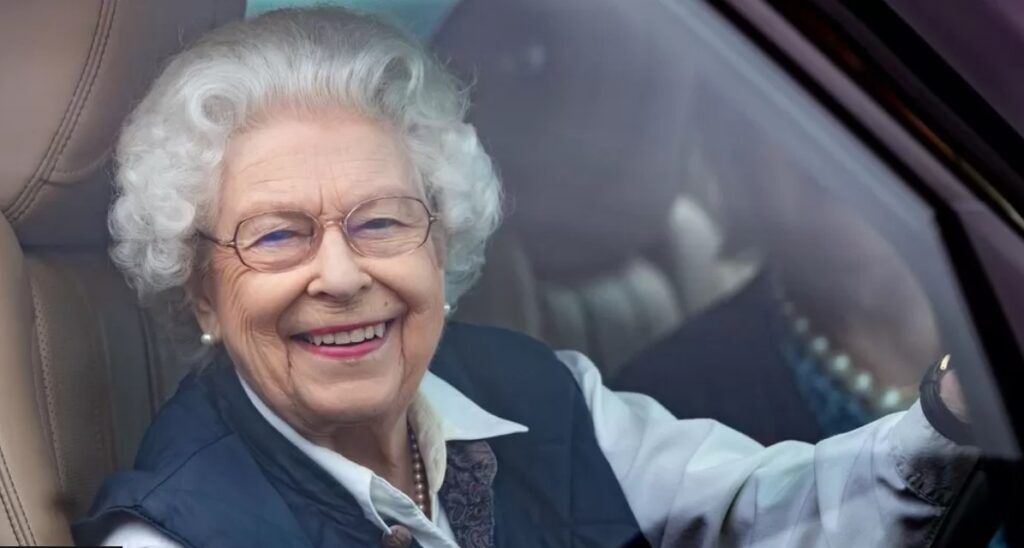
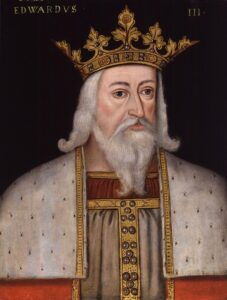
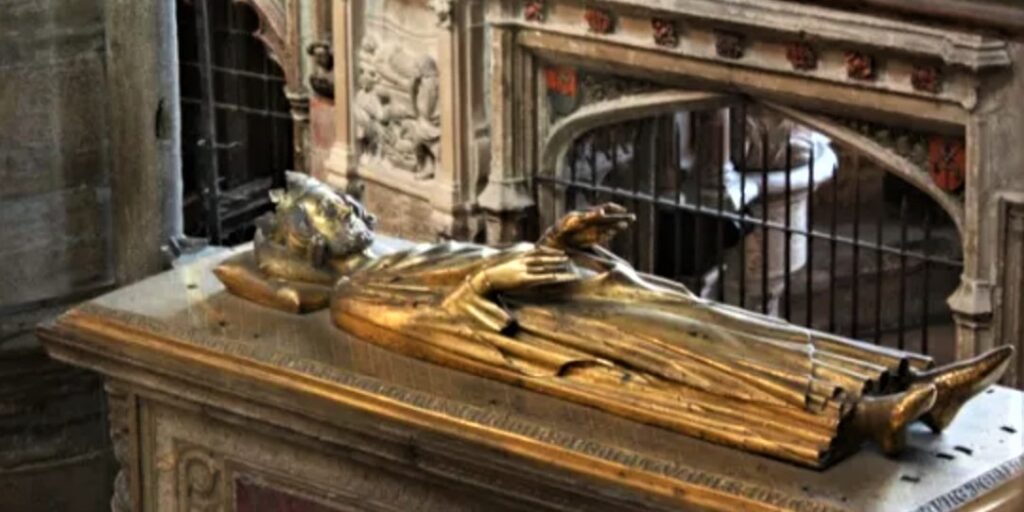
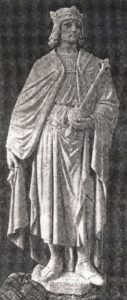
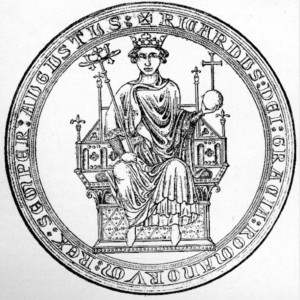
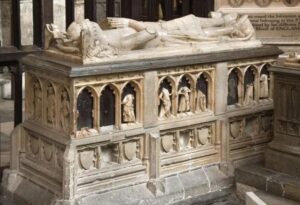
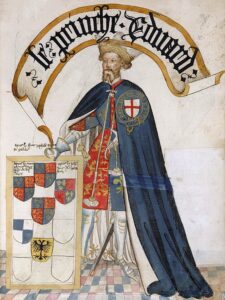
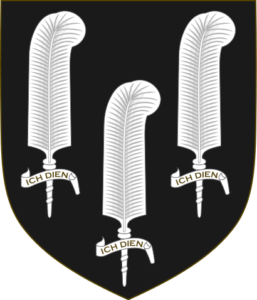
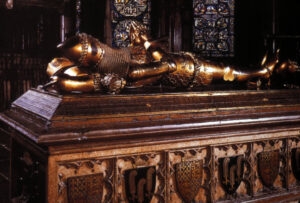
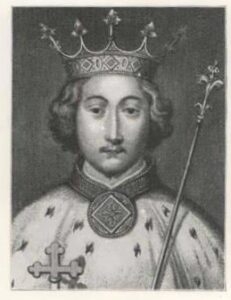
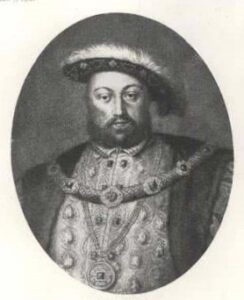

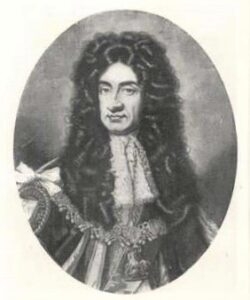
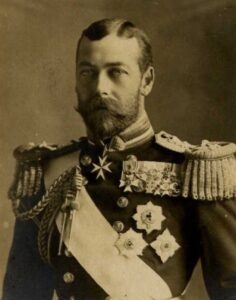

![[117] Voice - Ertach Kernow- 210922A Cornwall's Dukes [S] Ertach Kernow - Cornwall's Earls and Dukes](https://www.cornwallheritage.com/wp-content/uploads/2022/09/117-Voice-Ertach-Kernow-210922A-Cornwalls-Dukes-S-241x300.jpg)
![[117] Voice - Ertach Kernow- 210922B Cornwall's Dukes [S] Ertach Kernow - Cornwall's Earls and Dukes](https://www.cornwallheritage.com/wp-content/uploads/2022/09/117-Voice-Ertach-Kernow-210922B-Cornwalls-Dukes-S-241x300.jpg)
![[117] Ertach Kernow Heritage Column - 21st September 2022 - Cornwall's National Anthem Ertach Kernow Heritage Column - 21st September 2022 - Cornwall's National Anthem](https://www.cornwallheritage.com/wp-content/uploads/2022/09/117-Ertach-Kernow-Heritage-Column-21st-September-2022-Cornwalls-National-Anthem.jpg)